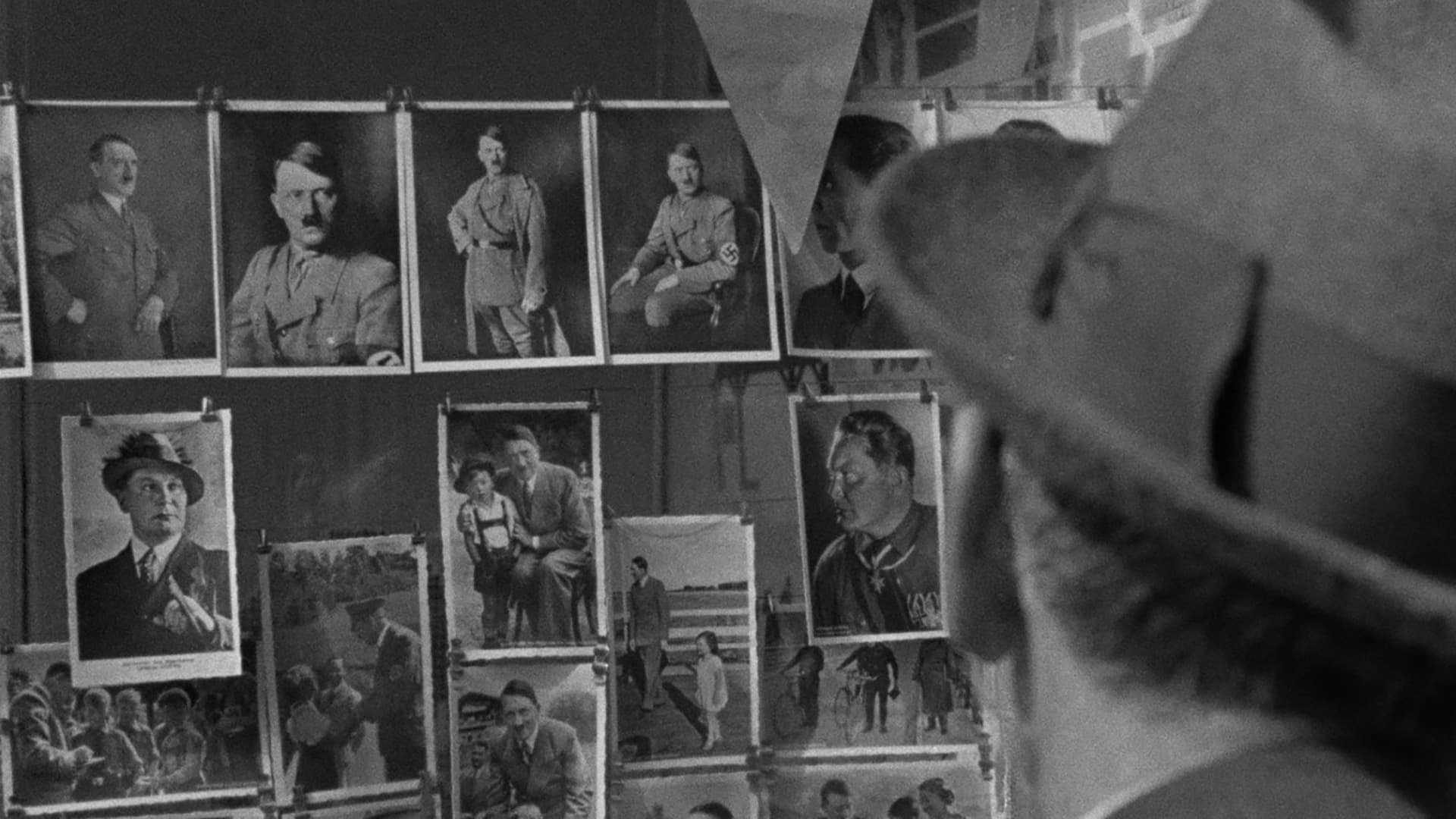
Cast & Crew
5 members
Acting
Edvard Beneš
Unknown Role
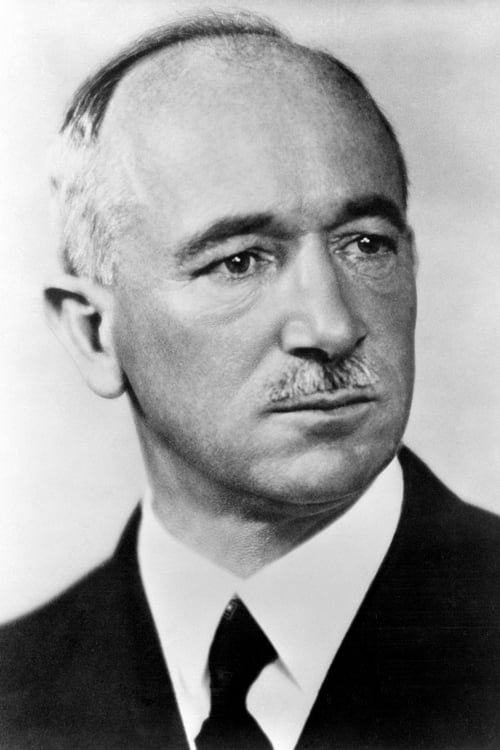
Acting
Leif Erickson
Narrator (voice)
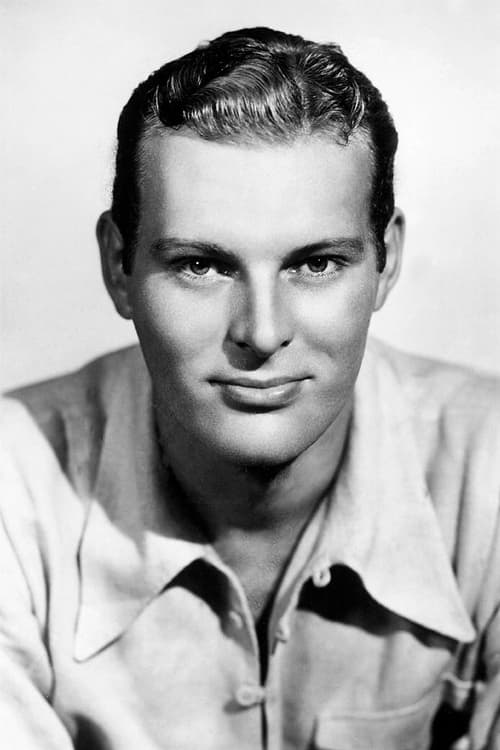
Acting
Konrad Henlein
Unknown Role
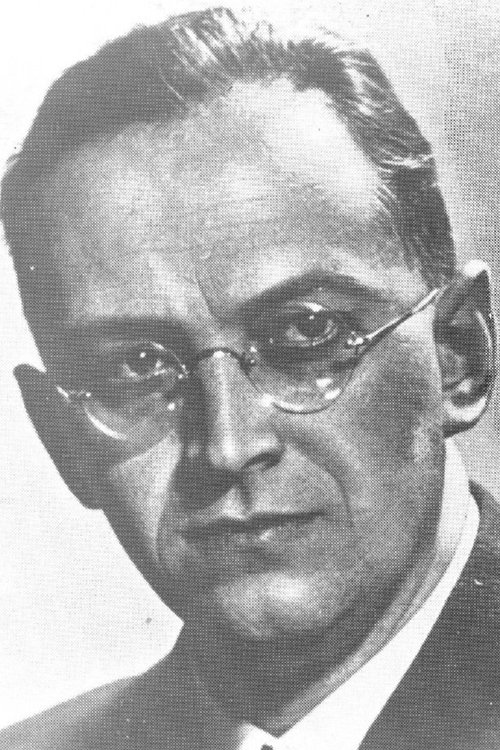
Acting
Jiří Voskovec
Unknown Role

Acting
Jan Werich
Unknown Role
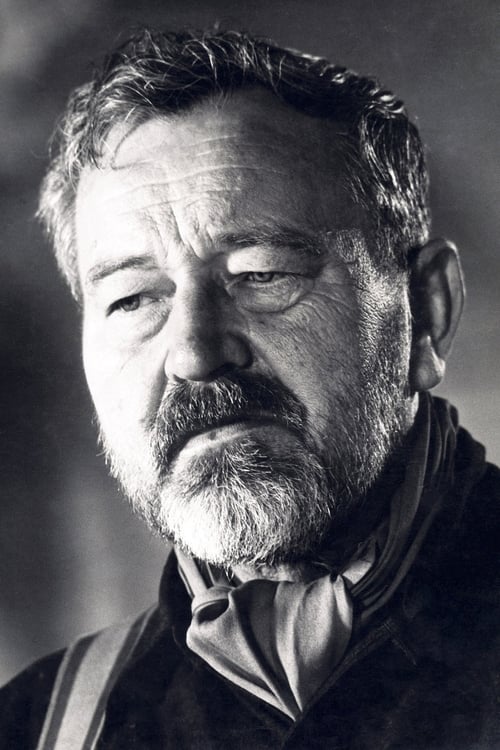

Unknown Role

Narrator (voice)

Unknown Role

Unknown Role

Unknown Role
